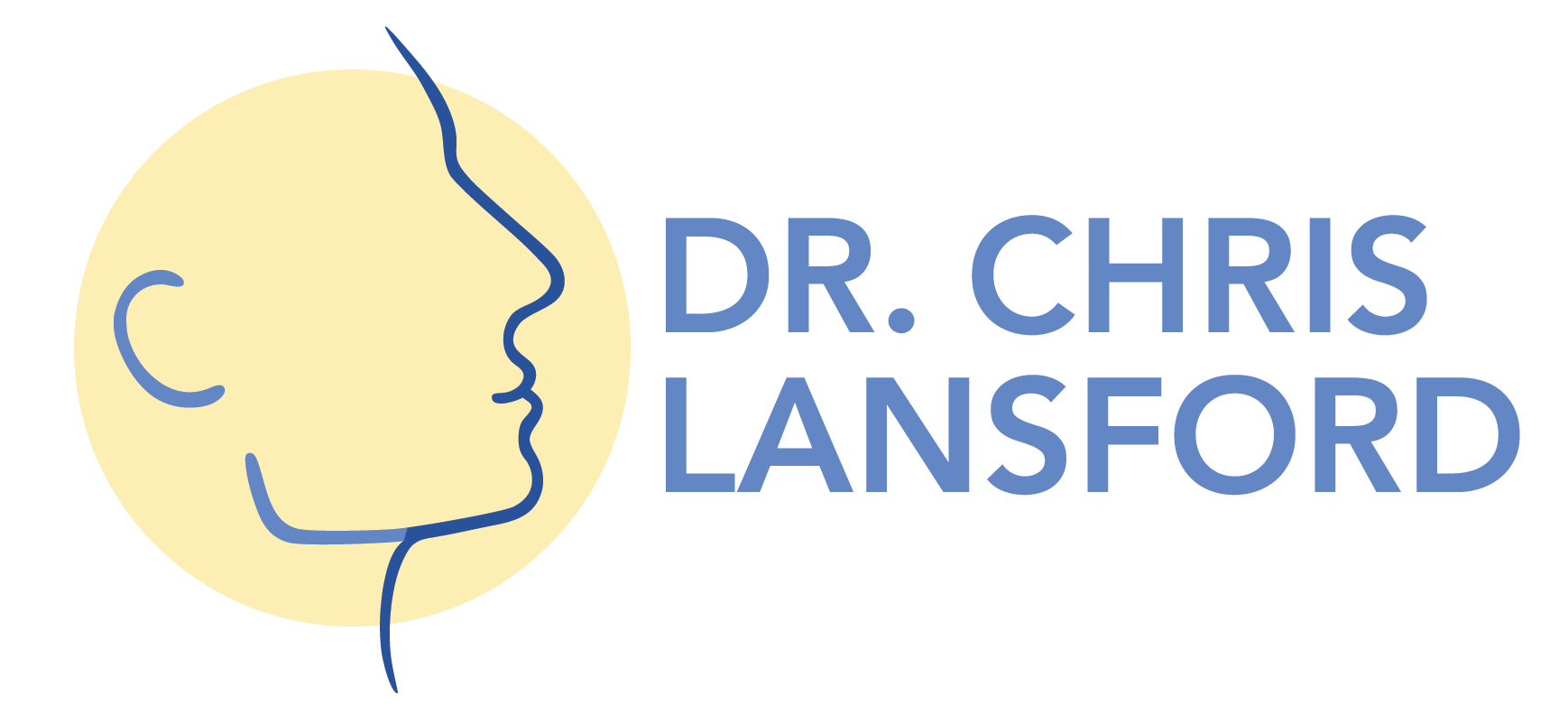Thyroid nodule with a Bethesda Category 1 score on cytopathology evaluation of fine needle aspiration biopsy
Concepts
A needle biopsy is a safe but imperfect way to gain information on the nature of a thyroid nodule. The approach of using a thyroid ultrasound and then ultrasound guided fine needle aspiration biopsy is to try to avoid missing malignancy while minimizing unnecessary invasive procedures.
Determination of specimen adequacy for a thyroid fna biopsy
The Bethesda System emphasizes the importance of obtaining ample follicular cells for reliable cytologic interpretation and proper classification, ensuring accurate diagnosis and management of thyroid nodules. A specimen may not meet criteria for adequacy for diagnosis. In this case, the biopsy is inconclusive and essentially provides no new information on the nature of the thyroid nodule.
The criteria for adequacy of a specimen for a thyroid fine needle aspirate biopsy based on the Bethesda System are as follows:
Cellularity
The specimen must contain at least 6 groups of well-preserved follicular cells.
Each group should have a minimum of 10 cells.
Sampling
The specimen should be representative of the lesion/nodule targeted by the biopsy.
Presence of follicular cells is essential; samples with only colloid or inflammatory cells without follicular cells are considered inadequate.
Preparation Quality
Smears must be well-preserved, air-dried, or properly fixed to maintain cellular morphology.
Poorly prepared slides that hamper evaluation are classified as nondiagnostic/unsatisfactory.
Non-Diagnostic Classification (Bethesda Category I)
Specimens that do not meet the cellularity criteria or are obscured by blood, poor fixation, or artifacts.
Cyst fluid-only specimens without sufficient follicular cells are also inadequate.
Additional Considerations
In cases of cystic lesions, presence of macrophages and scant follicular cells may still be considered sufficient if follicular cells are scarce but diagnostic.
Repeated nondiagnostic samples warrant correlation with clinical and ultrasound findings before proceeding.
approach to a bethesda category 1 result:
When the cytology reading on a thyroid nodule fine needle biopsy is Bethesda category I (nondiagnostic or unsatisfactory), the following steps should be considered:
Repeat the Fine Needle Aspiration (FNA):
Since Bethesda category I indicates an inadequate sample, a repeat FNA is generally recommended to obtain a sufficient specimen for accurate cytologic evaluation. It is usually advised to perform this repeat biopsy under ultrasound guidance to improve sample quality.Consider Clinical and Ultrasound Features:
Evaluate the nodule’s risk factors, including size, ultrasound characteristics (such as hypoechogenicity, irregular margins, microcalcifications), patient history, and risk of malignancy, to guide further management. Surgery may be recommended if a high degree of suspicion for malignancy exists based on other clinical features, if one or more other nodules indicates the need for surgery, or if there are other reasons for thyroid surgery (such as airway compression, Graves’ disease, or cosmetic appearance).Observation vs. Additional Diagnostic Modalities:
For nodules with low-risk sonographic features and no concerning clinical signs, observation with periodic ultrasound may be appropriate after an initial nondiagnostic FNA.
This page


